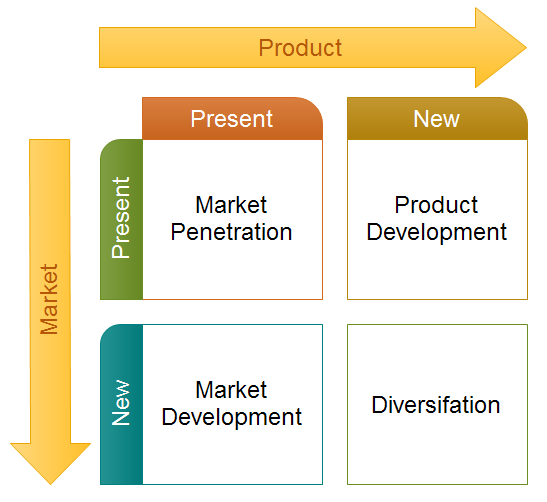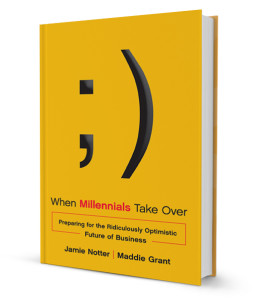
It’s that time of year, when we all think about what happened last year and what we’d like to do differently in the next.
Two observations:
First, 17 years ago, I realized that “lose 10 pounds and become a better person” was a terrible resolution to make, which is why I never kept it.
So I resolved to resolve differently, choosing resolutions that are fun and about something I want to learn or try. I even wrote and performed an IGNITE session about it.
Since then, I’ve always kept my resolution, and I’ve added a bunch of fun things to my life and repertoire. I’ve seen and done a bunch of cool things. I have my motorcycle license. I know how to mix a damn fine cocktail and bake a damn fine loaf of bread. I can play poker, and I know how to box (and am starting to train to spar).
This year, I’ll be learning Spanish. Not necessarily “reading Gabriel Garcia Marquez in the original” Spanish, but I’m hoping to get to “conversing at a second-grade level” Spanish. Classes start in a month.
Second, taking time out to assess is critical for your career and your association, too.
Every January, even though it’s just me running Spark, I leave town for a formal business review and planning retreat. I look back at the previous year and how the business performed against the goals I set for it and for myself, thinking about and measuring what went well, what didn’t, and what I need to do differently in the coming year. I then set the goals against which I will measure myself the following year.
Organizationally, associations are perpetually short-staffed and under-resourced. Because of that, we’re bad about setting aside time to debrief, to review our efforts after a project or campaign concludes, to see where we succeeded and where we failed, think about why that happened, and document what we want to do differently next time.
(This is why, even when clients don’t opt to keep me on retainer for campaign implementation, I always include a post-campaign debrief meeting in client projects. Just call me your accountability buddy. Even if you opt to run it yourself, we are going to sit down at the end of the campaign and talk about – and document – what you learned, so you can improve the next time around.)
This “short-staffed and under-resourced” situation affects our careers, too.
Busy association execs can get so caught up in running from one fire to the next that we never stop to think about our own career goals and path. It’s important to have goals for yourself, for your own career, whether they are short term (“I’m going to attend at least one conference just for my own professional development this year – no speaking, no presenting, no committee work, just learning”), medium-term (“This year, I’m FINALLY going to earn my CAE/PMP/CMP/etc.”), or long-term (“I want to be an association CEO, so I’m going to find a current association CEO who is willing to be a sponsor for me to help me move closer to achieving that goal”).
January might not be the right time for you to do this, either personally or organizationally. But you need to find the time that works and make this a regular practice. You won’t regret it.
Photo by Isaac Smith on Unsplash

